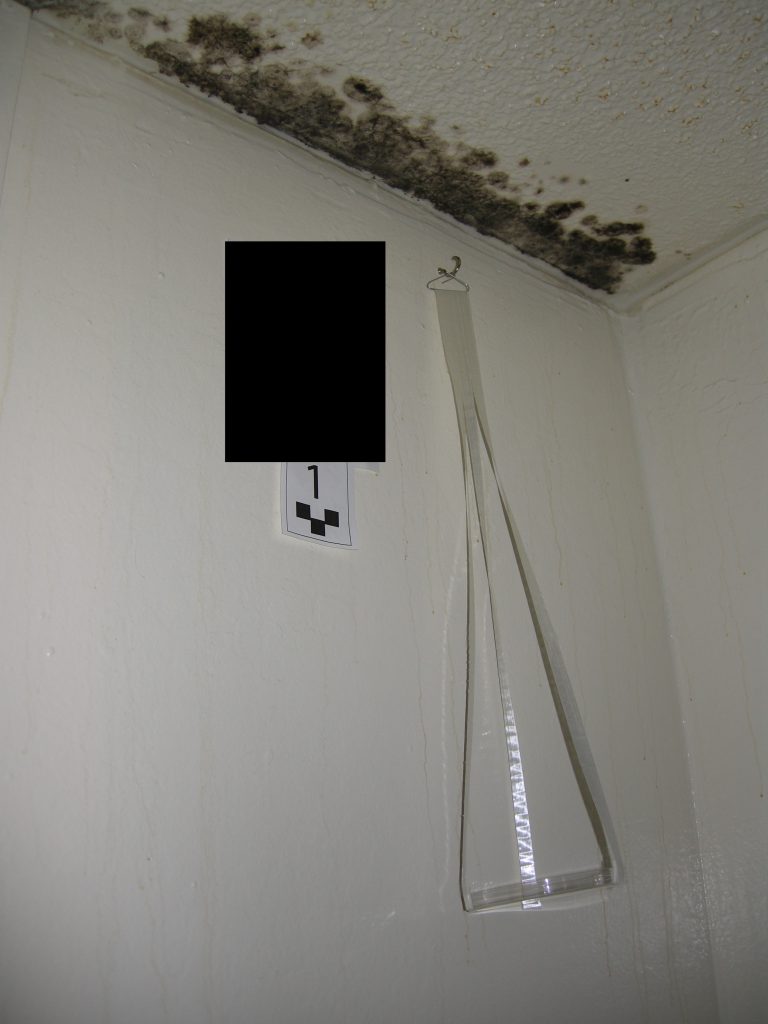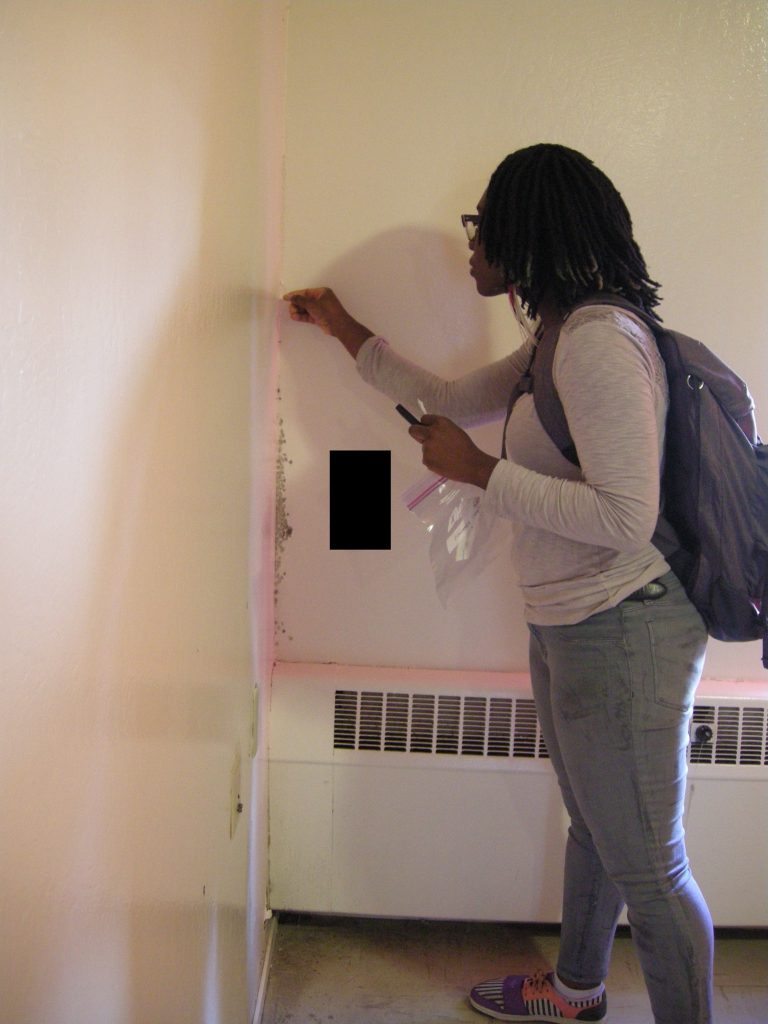How microbial profiles differ between water-damaged and dry buildings is not well known. It’s only logical that where moisture is available indoors, microorganism will grow. Yet, measured microbial products do not show consistent differences between wet and dry homes. Because wet homes are associated with a variety of health risks, it’s important to identify the microbial exposures resulting from wet buildings. There is a hope that new technologies can help uncover clues to this longstanding mystery.
We recently published a paper based on work examining microbes in a poorly-maintained public housing building. Led by then graduate student, now Dr., Iman Sylvain, this project examined the microbes in indoor and outdoor settled dust as well as swabs of visible areas of mold.

Like other studies, assessments of overall fungal biomass (as measured with qPCR) did not differ between units with and without visible mold. The community profiles of fungi were different between indoor and outdoor locations, and within the indoor samples, there was divergence between units with visible mold and without visible mold. Interestingly, the indicator taxa between units with visible mold and without visible mold were not the same taxa that were swabbed as visible colonies on the surfaces of the homes.
This works shows that the sequencing of communities may provide a microbial means for identifying water damaged housing, but the challenge will be finding the “signal” of the fungi growing in the building against the “noise” of the fungal-rich world in which we live.
